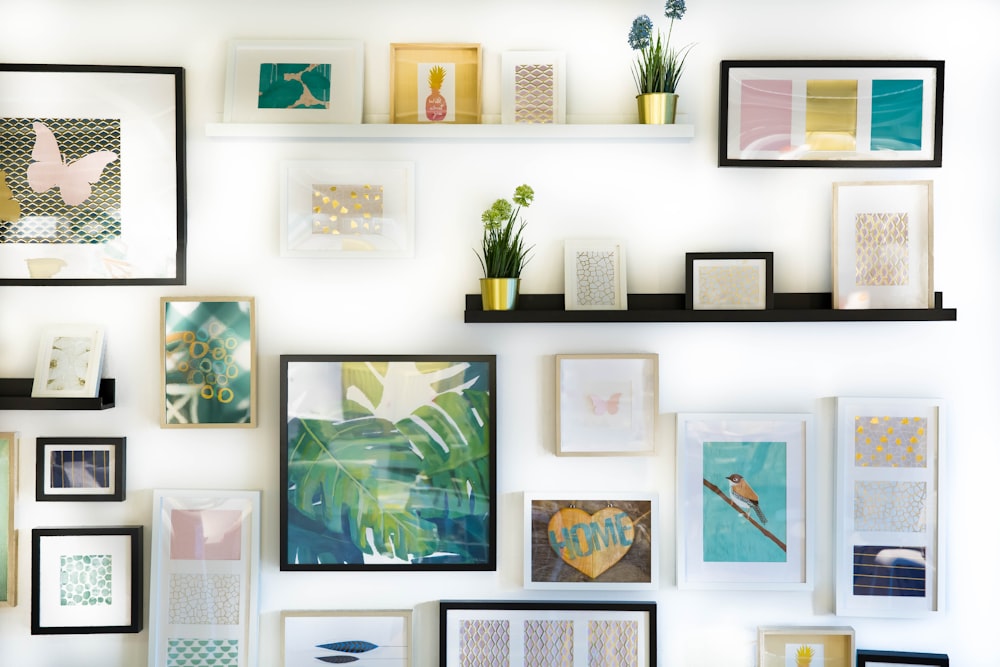Interior Decorating Essentials: Ideas & Inspiration
Setting the Foundation with Color
Color is the cornerstone of interior decorating, setting the mood and tone of a space. Begin by selecting a color palette that resonates with your style and complements the room’s purpose. Warm tones like reds, yellows, and oranges create a cozy atmosphere, while cool tones like blues and greens evoke a sense of calm. Don’t forget about neutral hues like whites, grays, and beiges, which provide a versatile backdrop for accent colors and decor elements.
Defining Your Style
Before diving into decorating, take the time to define your personal style. Are you drawn to the clean lines and minimalist aesthetic of modern design, or do you prefer the cozy warmth of farmhouse decor? Perhaps you’re somewhere in between, favoring a blend of classic and contemporary elements. Understanding your style preferences will guide your decorating decisions and ensure a cohesive look throughout your home.
Functionality Matters
While aesthetics are important, functionality should never be overlooked in interior decorating. Consider how you use each space and choose furniture and decor pieces that serve both form and function. Look for pieces with built-in storage to maximize space, and opt for durable materials that can withstand everyday wear and tear. Arrange furniture to promote easy traffic flow and ensure that each room meets your practical needs as well as your design preferences.
Layering Textures for Depth
Texture is an often-overlooked element of interior decorating, but it can make a significant impact on the look and feel of a room. Incorporating a variety of textures—such as smooth leather, plush velvet, rough-hewn wood, and nubby textiles—adds depth and visual interest to your decor. Mix and match textures to create a rich, layered look that invites touch and creates warmth.
Accessorizing Thoughtfully
Accessories are the finishing touches that bring a room to life and reflect your personality. Choose items that speak to you, whether it’s a collection of vintage finds, cherished family heirlooms, or travel souvenirs. Be selective in your choices, opting for pieces that complement your color scheme and add visual interest without overwhelming the space. Remember that less is often more when it comes to accessorizing, so don’t be afraid to edit your selections and let your favorite pieces shine.
Let There Be Light
Lighting is a crucial aspect of interior decorating that can make or break a room’s ambiance. In addition to overhead lighting, incorporate a mix of task lighting, accent lighting, and natural light to create layers of illumination. Consider the function of each space and choose lighting fixtures accordingly, whether it’s a pendant light for the dining area or a table lamp for the reading nook. Don’t forget to take advantage of natural light by keeping windows unobstructed and using sheer curtains to diffuse harsh sunlight.
Creating Visual Interest with Artwork
Artwork is a powerful tool for adding personality and visual interest to your space. Whether you prefer paintings, prints, photographs, or sculptures, choose pieces that resonate with you and complement your decor style. Experiment with different arrangements, from gallery walls to standalone statement pieces, to create a focal point and draw the eye. Don’t be afraid to mix and match styles and mediums for an eclectic look that reflects your unique taste.
Conclusion:
Interior decorating is both an art and a science, requiring a balance of aesthetics and functionality to create a space that feels both beautiful and livable. By incorporating these essential elements—color, style, functionality, texture, accessories, lighting, and artwork—you can transform your home into a haven that reflects your personality and enhances your everyday life. So, roll up your sleeves, unleash your creativity, and get ready to make your space truly your own. Read more about interior decorating





